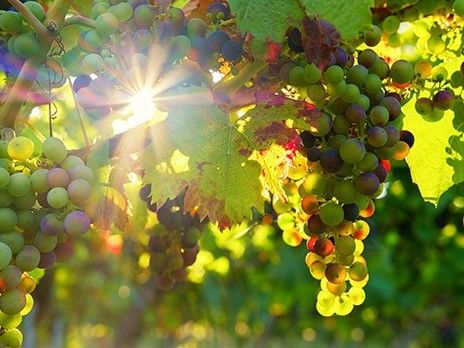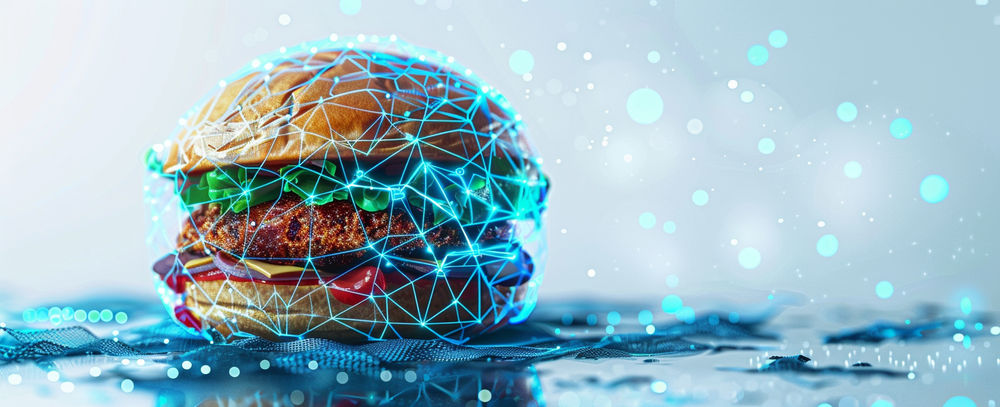Application of AI based measurement systems for the characterization of raw materials in viticulture
SmartGrape" research project
Advertisement
Variety of raw materials in viticulture
The quality of grapes, like any other agricultural product, is subject to a wide range of variation. Many external factors such as climate, soil conditions or the time of harvest have a significant influence on the composition of grapes and thus also on the wine produced from them. It is precisely this variety that is desired in viticulture in order to offer a wide range of different wines with a diverse character. In order to obtain the necessary raw material quality for the desired wine, a characterisation of the grapes on the basis of selected quality parameters is necessary. This characterization should be easy to use and non-destructive in its application and at the same time provide a high information content. infrared spectroscopy is particularly suitable for meeting these requirements. The joint project SmartGrape has set itself the goal of developing a compact measuring system for the rapid and non-destructive quality assessment of grapes on the basis of infrared spectroscopy in the mid-infrared range (MIR).

Application of AI based measurement systems for the characterization of raw materials in viticulture
Fraunhofer-Institut für Verfahrenstechnik und Verpackung IVV
Raw material characterization by infrared spectroscopy
Infrared spectroscopy is an optical technique that can provide non-destructive information about the chemical composition of a sample using infrared radiation. Infrared spectroscopy is most widely used in the near infrared (NIR) at wavelengths between about 780 and 2 500 nm. In this project, however, mid-infrared (MIR) infrared spectroscopy at wavelengths between 2 500 and 50 000 nm will be applied to characterise the quality of grapes. The information content in the mid-infrared is significantly greater compared to the near-infrared and can therefore provide more accurate information.
Use of AI in instrument development and in the final MIR measurement system
With the large amounts of information from infrared spectroscopy as well as the accompanying chemical analysis, high-dimensional data sets are created that require complex evaluation. For this purpose, artificial intelligence is applied in the SmartGrape project, which is able to capture and evaluate these high-dimensional data sets. The artificial intelligence takes into account non-linear correlations and interaction effects in the data set, which are problematic or extremely time-consuming using classical mathematical-statistical methods. The use of artificial intelligence should enable the development of a synergetic measurement system in which the hardware is adapted to the software and vice versa.
Digitization of viticulture by means of a MIR measurement system
With an AI-based MIR measurement system, producers in viticulture or agriculture in general, are provided with a tool for digitalization. In a direct way, raw materials can be characterized and digitized simultaneously in a single operation - a possibility that classical methods do not offer. Digitization itself, in turn, enables the application of new processes and measures that can be used in a broad context. For example, the data can be used in the course of the GAIA-X digital ecosystem developed by the Federal Ministry for Economic Affairs and Energy (BMWi). The exchange of data in a digital ecosystem can promote the exchange of information between the various stakeholders involved along the entire value chain (e.g. farmers, machinery rings, research institutions, etc.). This in turn creates opportunities for process optimization in order to operate a resource-saving and efficient agriculture, also with regard to the new challenges posed by climate change. Examples are the recording of quality changes over many harvest years or the correlation of external influencing factors (e.g. climate, soil quality) and their effect on the composition of the grapes and ultimately the quality of the wine.
Description of the joint project
Fraunhofer coordinates the joint project SmartGrape in close cooperation with the participating partners IRPC Infrared-Process Control GmbH (Hamburg), LiquoSystems GmbH (Kirchheim am Neckar), QuoData GmbH (Dresden), Weincampus Neustadt (Neustadt an der Weinstraße). Within the network, the Fraunhofer IVV is contributing to the content of the reference analyses, experiments on model substances and the identification of marker substances for the characterization of grapes.
Note: This article has been translated using a computer system without human intervention. LUMITOS offers these automatic translations to present a wider range of current news. Since this article has been translated with automatic translation, it is possible that it contains errors in vocabulary, syntax or grammar. The original article in German can be found here.
Other news from the department science
Most read news
More news from our other portals
See the theme worlds for related content
Artificial intelligence (AI) for food and beverages
Artificial intelligence (AI) is optimizing the food and beverage industry through automated quality control and more accurate demand forecasting. AI plays a particularly important role in product development by analyzing taste preferences and market trends. This allows new products to be developed that are better tailored to consumer needs, increasing efficiency and customer satisfaction.

Artificial intelligence (AI) for food and beverages
Artificial intelligence (AI) is optimizing the food and beverage industry through automated quality control and more accurate demand forecasting. AI plays a particularly important role in product development by analyzing taste preferences and market trends. This allows new products to be developed that are better tailored to consumer needs, increasing efficiency and customer satisfaction.



























































